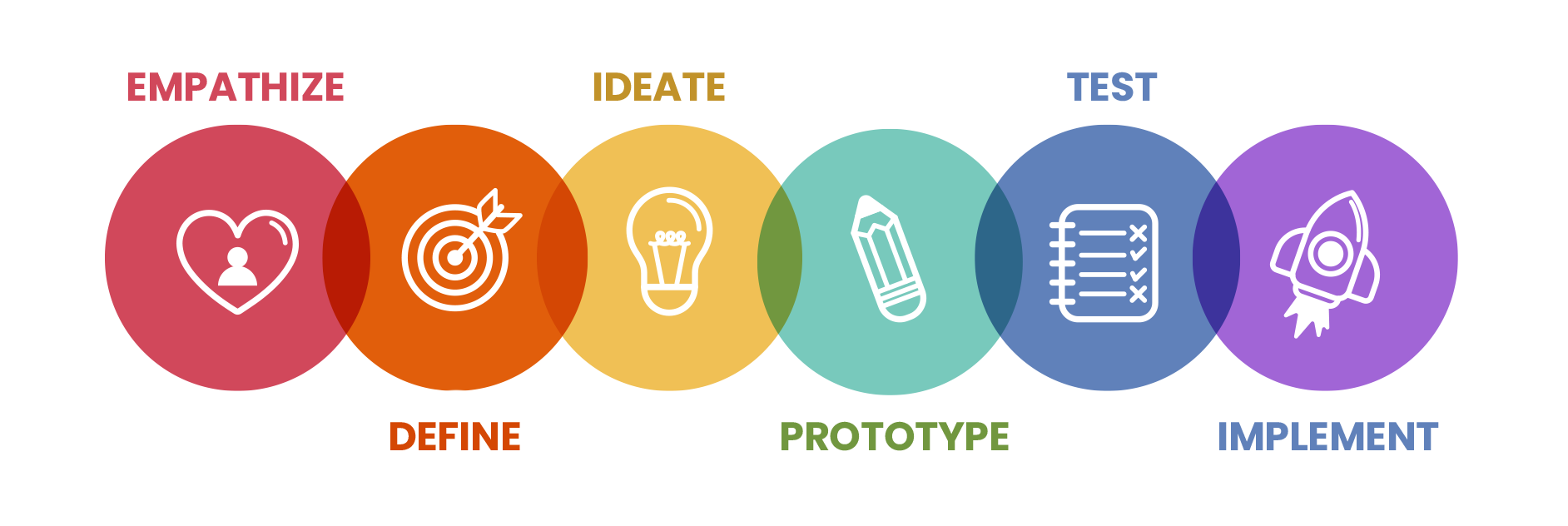Introduction
An Introduction to Design Thinking is your starting point for adding a new dimension to your problem-solving skills. Beyond what’s just technologically possible, beyond what’s just good for your business, Design Thinking gives you the tools you need to see through your customers’ eyes and develop solutions that will truly meet their needs. Design thinking is the approach that focuses on generating ideas, building narratives, creating prototypes, and testing them. It is essential for savvy leaders who want to launch products and services that address real challenges and solve problems.
Course Duration : 12 weeks course @ 5-10 hours/week.
Skills
You’ll Gain
➤ Understanding the general approach of design thinking and its applications
➤ Ideating and conceptualizing solutions
➤ Developing a prototype of the concept
➤ Identifying opportunities to develop a new product
➤ Validating the prototype of the concept
➤ Framing a problem to develop a product
➤ Building a business case to market new concepts

Is this
course for you?
The following professionals can enroll in the Design thinking program:
➤ Early to mid-level professionals who are looking for better and innovative methodologies to solve business or consumer-focused problems.
➤ Early-career professionals who want to understand the fundamentals of design thinking and innovation and apply its strategies in their industry.
➤ Project/Product Managers, Board Members, Product Owners
➤ Scrum Masters, Coaching Teams, Training Teams
➤ Business Analyst, Project, and Program Office Personnel
Course Pre-requisites
To become a CISCM certified professional or to opt for this CISCM course, you need to fulfil some criteria, including – A completed application submitted within five years from the date of initially passing the examination (you must ensure that all experience is independently verified by employers).
The experience must have been gained within the 10-year period preceding the application date for certification or within five years of passing the examination. Three of the five years of work experience must be gained in the role of an information security manager (it must be broad and gained in three of the four CISCM domains)
Curriculum
Introduction to Design Thinking
- Design thinking
- Traditional vs design thinking
- Three lenses: Desirability, feasibility, and viability
- Design Thinking benefits.
- The framework of design thinking
Design Thinking Sprint to Experience the process
- Empathize
- Define
- Ideate
- Prototype
Mindsets of a Design Thinker
- Human-centric
- Process approach
- Radical collaboration
- Culture of prototyping
- Show, don’t tell
- Bias toward action
Framing the Opportunity
- Synthesize the findings
- Tools
➤ POV ➤ How Might We (HMW)
➤ Stakeholder map ➤ Customer journeys
➤ Context map ➤ Opportunity map
Exploring Empathy, Creativity, and Curiosity
- Empathy tools to understand the end-user
- Different types of Creativity Tools
Design Thinking Essentials
- The User Perspective
- Consumer pain points
Exploring Ideas & Solutions
- Idea generation
- Translate problems into solutions
- Divergent and convergent ideation methods
- Ideation techniques
Building & Visualizing Ideas & Solutions
- To build to think
- Different types of Creativity Tools
- Reviewing & Deciding Solutions
- Tools such as user feedback, observation, and evaluation matrix
Course Brochure
Testimonials By Our Students
Request for DEMO
